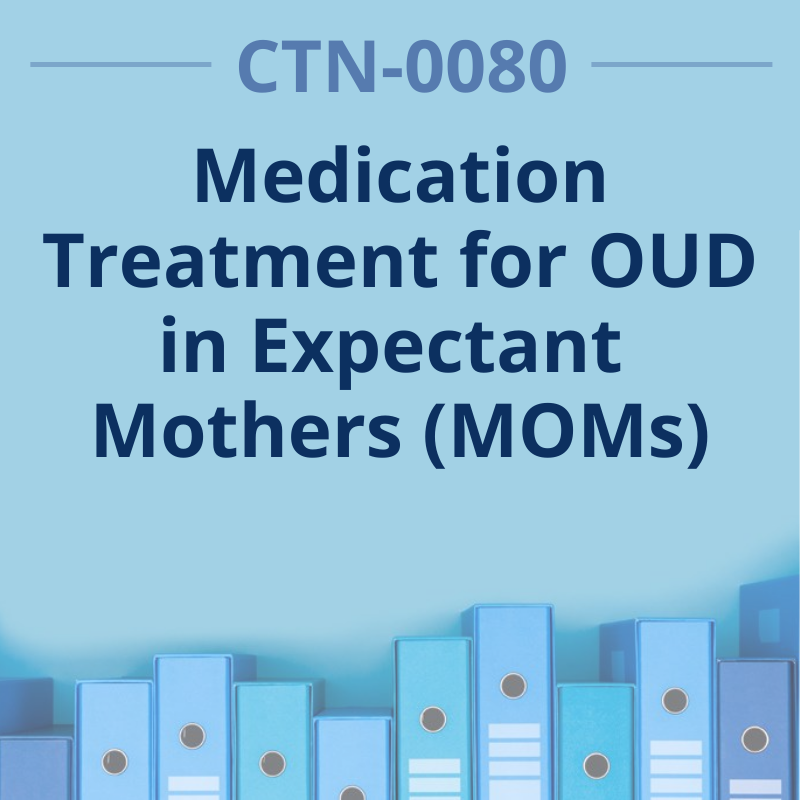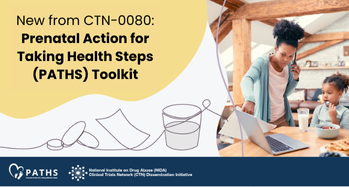CTN-0080: Medication Treatment for Opioid Use Disorder in Expectant Mothers (MOMs): A Pragmatic Randomized Trial Comparing Two Buprenorphine Formulations (NIH HEAL Initiative)

T. John Winhusen, PhD
Lead Investigator
University of Cincinnati
Addiction Sciences Division
winhust@ucmail.uc.edu
The growing opioid-use epidemic in the U.S. has been associated with a significant increase in the prevalence of pregnant opioid-dependent women and neonatal abstinence syndrome, which is associated with adverse health effects for the infant and with costly hospitalizations. Maintenance with sublingual (SL) buprenorphine (BUP) is efficacious for opioid use disorder but has disadvantages that may be heightened in pregnant women including the potential for poor adherence, treatment dropout, and negative maternal/fetal effects associated with daily BUP peak-trough cycles. Extended release (XR) formulations may address some of these disadvantages. The primary objective of CTN-0080 is to evaluate the impact of treating opioid use disorder in pregnant women with BUP-XR, compared to BUP-SL, on maternal-infant outcomes. Testing a conceptual model of the mechanisms by which BUP-XR may improve maternal-infant outcomes, relative to BUP-SL, is a secondary trial objective. Funded by the NIH HEAL InitiativeSM.

The Prenatal Action for Taking Health Steps (PATHS) Toolkit was developed by this protocol team and includes flyers, info sheets, posters, an education video, and social media images and short videos (“Reels”), all available for download and sharing. The toolkit is available in a version for the general public, a version culturally adapted for American Indian and Alaska Native communities, and a version translated into Spanish (coming soon!).
Related Studies
- CTN-0080-A-1: Successful Recruitment and Retention in a Randomized Controlled Trial of Pregnant People with Opioid Use Disorder (SUCCESS STUDY)
- CTN-0080-A-2: Promoting Research with Mothers receiving OUD Treatment; a focus on Equity (PRoMOTE):
- CTN-0080-A-3: Improved Messaging Strategies for MOUD for Underserved Populations of Pregnant and Postpartum Individuals with OUD
Related Resources
- Publications in the Library about CTN-0080
- Prenatal Action for Taking Healthy Steps (PATHS) Toolkit
- NIDA protocol page
- ClinicalTrials.gov (NCT03918850)
Node Involvement
Lead Node(s):
All Participating Nodes: